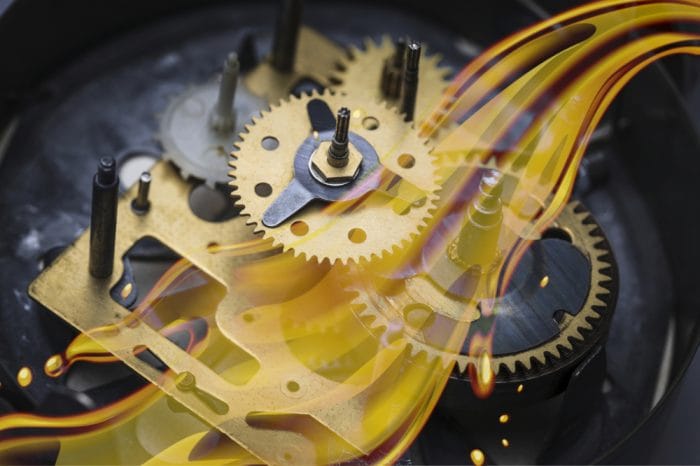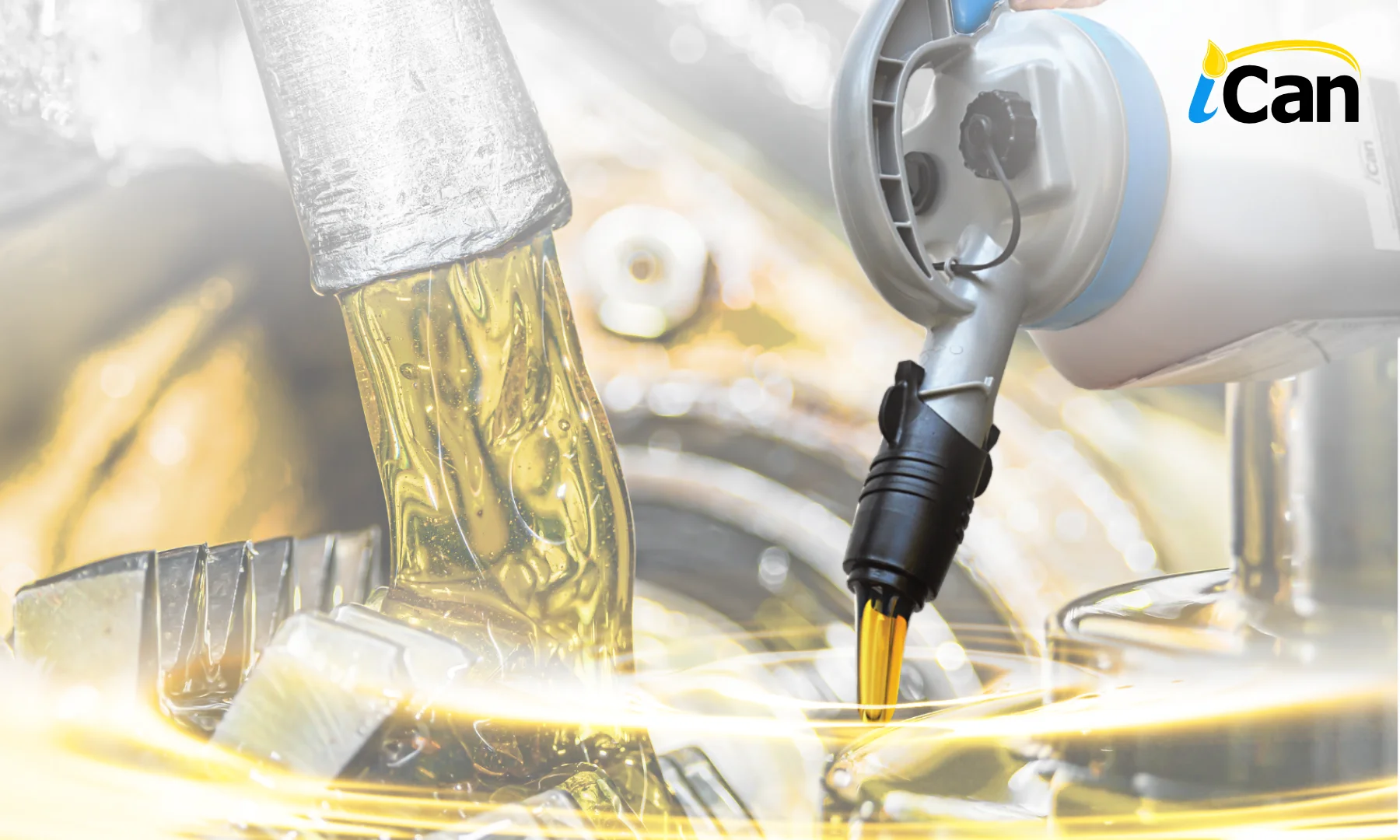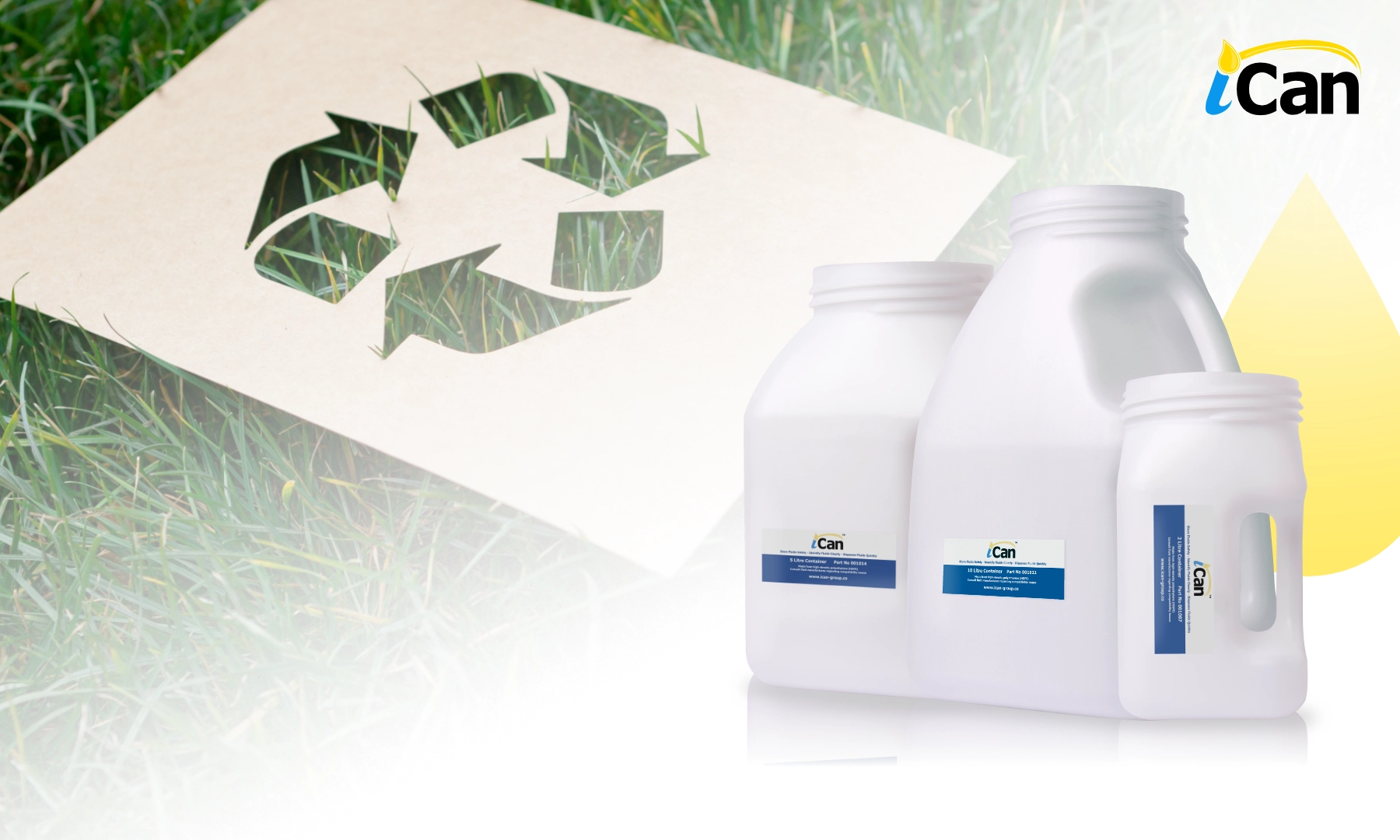The biggest difference in setting grease apart from oil is its thickener. Grease is a thickened oil. This creates a grease’s semi-fluid or solid structure, as opposed to the syrup-like consistency of oil. This added thickener is crucial for the applications where grease is needed.
What is grease used for? It’s used to protect against water ingress and provides rust protection, as well as reducing friction experienced by machines. It has a high viscosity, so it’s a better choice for applications where liquid lubricants such as oil wouldn’t stay in place.
The function of grease is to remain in contact with and lubricate moving surfaces without leaking out under the force of gravity, centrifugal action or being squeezed out under pressure. Its major practical requirement is that it retains its properties under shear forces at all temperatures it experiences during use.
Lubricating oil, sometimes simply called lubricant/lube, is a class of oils used to reduce the friction, heat, and wear between mechanical components that are in contact with each other. Lubricating oil is used in motorized vehicles, where it is known specifically as motor oil and transmission fluid.

Lubrication is a much needed a process for improving the overall performance of machines, tools, automotive and other machineries. It has wide applications and is used across industries such as automotive, manufacturing and marine. In automotive industry, it acts as a significant performance booster and enhances the life of engines used in automotive products.




